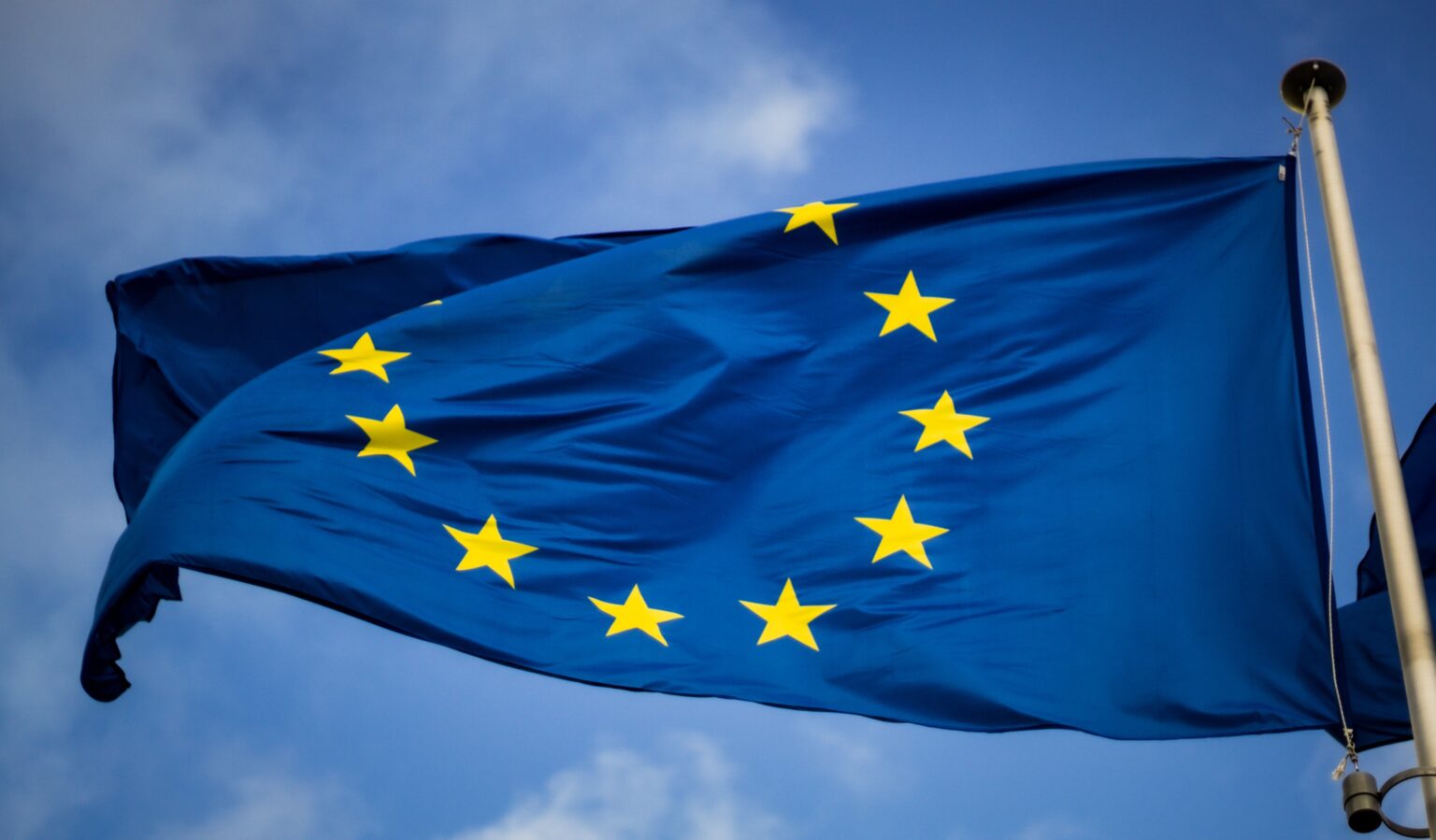In 2017, the European Union (EU) released a list of requirements for developing, producing, and commercializing medical devices. The EU Commission originally stated it would start enforcing the Medical Device Regulation (MDR) beginning in May 2020. Due to the Covid-19 pandemic, the EU Commission extended the MDR’s transition period to May 25, 2021.
Translation Requirements for Medical Devices
The EU’s MDR website provides a step-by-step process with a list of deliverables that will help companies demonstrate compliance. Here are some of the deliverables that require translation:
- “The labelling development process, including producing language translations (Article 10, 11)
- The finalised EU Declaration of Conformity, including versions in the language(s) of the countries where the device will be distributed
- The national language versions of the packaging and instructions available for Distributors
- The national language versions of the packaging and instructions published on the Manufacturer’s website.”
The MDR also requires that all medical devices be registered with the European Database on Medical Devices or EUDAMED. Some of the essential information needed for registering medical devices includes a Unique Device Identification (UDI) and translations of Instructions For Use (IFUs) in the languages of intended country distribution.
However, according to the description of requirements that the Medical Device Coordination Group released in September 2018, the Group believes that one of the “other essential requirements” for registering medical devices with the EUDAMED may include comprehensive translations across all official EU languages:
“Availability of names and descriptions in all the official EU languages is recognized as of being of high importance.”
Choosing a Translation Company
The EU MDR website recommends that “one needs to consider the company or companies that will be developing, potentially producing and ultimately commercialising this product.” It’s essential to choose a translation company that is ISO-certified for medical devices. This means that the translation company has been third-party audited for compliance specific to medical device work and are knowledgeable about the above translation deliverables and other details of the law, such as:
“The medium, format, content, legibility, and location of the label and instruction for use shall be appropriate to the particular device, its intended purpose and the technical knowledge, experience, education or training of the intender user(s).”
CyraCom is ISO-Accredited to Translate for Medical Devices
CyraCom International, Inc. was awarded an ISO 13485:2016 certification, which accredits the company for medical device translation. In addition to the ISO 13485:2016 certification for translating medical devices, the company also holds certifications for ISO 9001:2015 Quality Management System and ISO 17100: 2015 Translation Services.
Want to discuss your medical device translation needs? Reach out to us today at translation@cyracom.com.








